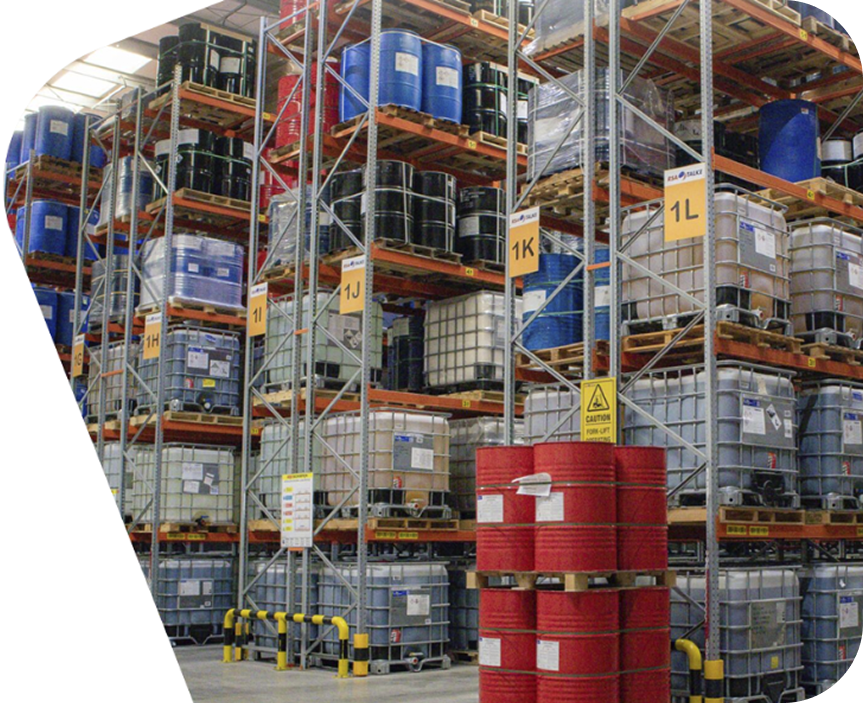Media
Key highlights, industry news, insights, and expertise around the world of logistics

Navigating Tariffs in Dubai’s Supply Chain: Impacts and Opportunities for Air and Sea Freight

In the ever-evolving world of logistics, the introduction or adjustment of tariffs serves as a reminder of how interconnected and dynamic supply chains truly are. For freight forwarders operating in monitoring these developments and responding promptly is essential for ensuring both operational efficiency and customer satisfaction. The key lies in understanding the ripple effects on air and sea freight operations and finding innovative ways to adapt.
Air Freight: Balancing Speed with Strategy
Air freight has always been the go-to solution for high-value, time-sensitive goods, but tariffs are reshaping this landscape in several ways:
1. Cost Pressures
Air freight often handles high-value or time-sensitive goods. New or increased tariffs could raise the overall cost of importing or exporting products, potentially affecting the volume of goods shipped by air. Shippers may look for alternative supply chain routes if faced with prohibitive tariffs, which can reduce demand for certain types of air freight services.
2. Rapid Response Requirements
Air freight is prized for its speed. If tariffs change unexpectedly, perhaps due to trade disputes, businesses may need to shift sourcing or destination markets quickly. Freight forwarders equipped to provide immediate, flexible solutions will be better positioned to help clients navigate these sudden changes.
3. Supply Chain Complexity
As tariffs drive up prices or alter demand, businesses may consolidate shipments or explore less frequent but larger shipments to minimize costs. This shift can complicate planning and capacity management for air freight services.
Sea Freight: Adapting to Volume Shifts
Sea freight, known for its ability to handle high-volume and cost-effective shipments, is not immune to the impacts of tariffs. Here’s how it’s being affected:
1. Fluctuations in Demand
Sea freight caters to high-volume and lower-cost goods, making it particularly sensitive to tariffs. Higher tariffs can lead to fluctuations in overall shipping volume and potential route changes, as businesses may seek alternative suppliers or markets to circumvent tariff pressures.
2. Longer Lead Times and Inventory Decisions
Sea freight involves longer shipping times, so companies may over-order or delay shipments to mitigate tariff risks. This shift in inventory strategy can add complexity and cost, impacting the entire logistics network.
3. Operational Efficiency
Because sea freight capacity is usually larger and more cost-effective, tariff-induced route changes could mean reconfigured shipping networks, revaluating port call schedules, and exploring new port hubs that offer better cost efficiencies under new tariff conditions.
Opportunities Amid Disruption
While tariffs bring challenges, they also create opportunities for innovation and differentiation within the logistics industry:
1. Alternative Trade Routes and Partners
As tariffs create price differentials, freight forwarders can help clients explore new suppliers, markets, and routes. This advisory role positions logistics providers like RSA Global as strategic partners rather than mere service providers.
2. Customized Logistics Solutions
By offering multimodal solutions, seamlessly transitioning between air, sea, and potentially land freight forwarders can tailor services to reduce cost impacts. For instance, combining sea freight for bulk shipments with air freight for urgent deliveries may help customers minimize tariff exposure.
3. Value-Added Services
Tariff complexities often necessitate enhanced customs advisory, real-time tracking, and data-driven decision-making. Providing these high-value services can help forwarders differentiate themselves in a competitive market and develop deeper relationships with clients.
Turning Challenges into Competitive Advantages
Tariffs undeniably influence how goods move through global supply chains, reshaping both costs and operational strategies. Staying informed and agile is crucial for businesses. While there may be short-term challenges, such as higher costs and the need for rapid realignment, there are also many opportunities for freight forwarders to add value, reinforce customer relationships, and emerge as trusted supply chain advisors.
By focusing on strategic partnerships, multimodal innovation, and value-added services, RSA Global and its freight forwarding department can tariff-driven disruptions into a competitive edge. In today’s dynamic environment, success lies not just in reacting to change but in proactively shaping the future of logistics.






